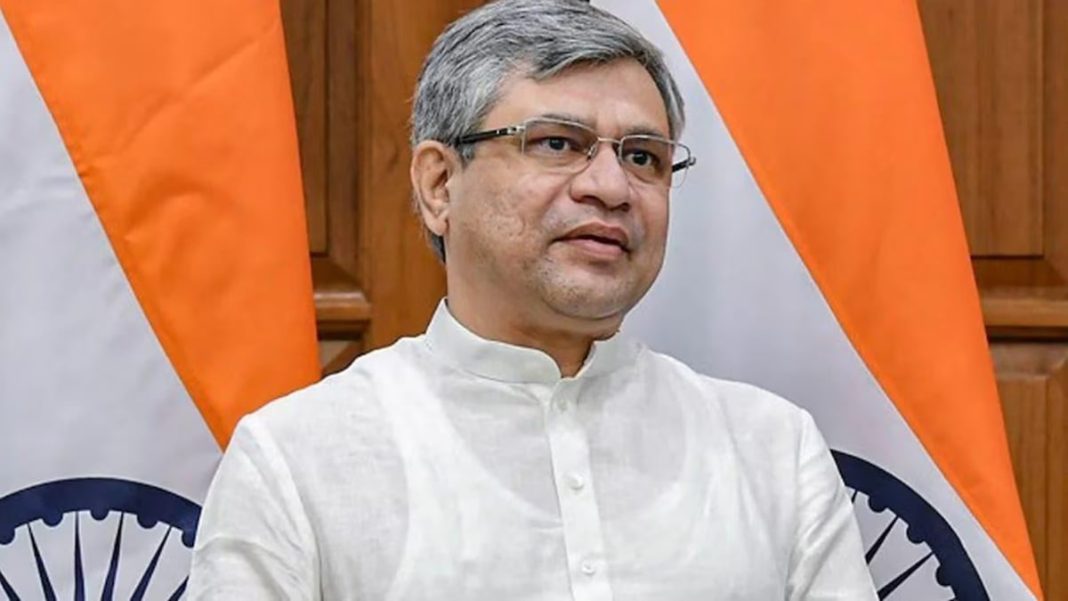Indian Railways to Build 7,000 km High-Speed Passenger Corridors by 2047
Indian Railways will develop dedicated high-speed passenger corridors spanning 7,000 km by 2047, Railway Minister Ashwini Vaishnaw announced. The ambitious plan, part of the Viksit Bharat Vision, aims to separate passenger and freight traffic for faster, more efficient travel.
Key Takeaways
- 7,000 km Dedicated Passenger Corridors to be built by 2047
- Trains to operate at 320 kmph with 350 kmph maximum speed
- Vande Bharat 4.0 launching in 18 months with enhanced features
- Indigenous signalling systems and modern control centres planned
Addressing Massive Transportation Demand
At the 16th International Railway Equipment Exhibition (IREE) 2025, Minister Vaishnaw emphasized the need for dedicated corridors given India’s 1.4 billion population. “We have to start constructing dedicated passenger corridors because the amount of transportation demand is humongous,” he stated.
The initiative follows the success of Dedicated Freight Corridors and will feature multiple high-speed routes.
Vande Bharat 4.0: A Global Benchmark
The minister urged engineers and industry to develop Vande Bharat 4.0 as a world-class train within 18 months. “The new version will focus on enhancing toilets, improving seats and elevating the overall workmanship,” Vaishnaw said.
He envisioned Vande Bharat 4.0 becoming so advanced that “countries around the world aspire to adopt it.”
Railway Modernisation Achievements
Indian Railways has significantly expanded infrastructure in recent years:
- 35,000 km of new tracks laid in 11 years
- 46,000 km of electrification completed
- 156 Vande Bharat, 30 Amrit Bharat, and 4 Namo Bharat services operational
Record production in 2024-25 included 7,000 coaches, 42,000 wagons, and 1,681 locomotives. The country’s first 9,000 HP electric locomotive was inaugurated, while 12,000 HP locomotives are already running.
The three focus areas remain: adequate passenger service, safety, and future-proofing the national transporter for the next 25 years.




